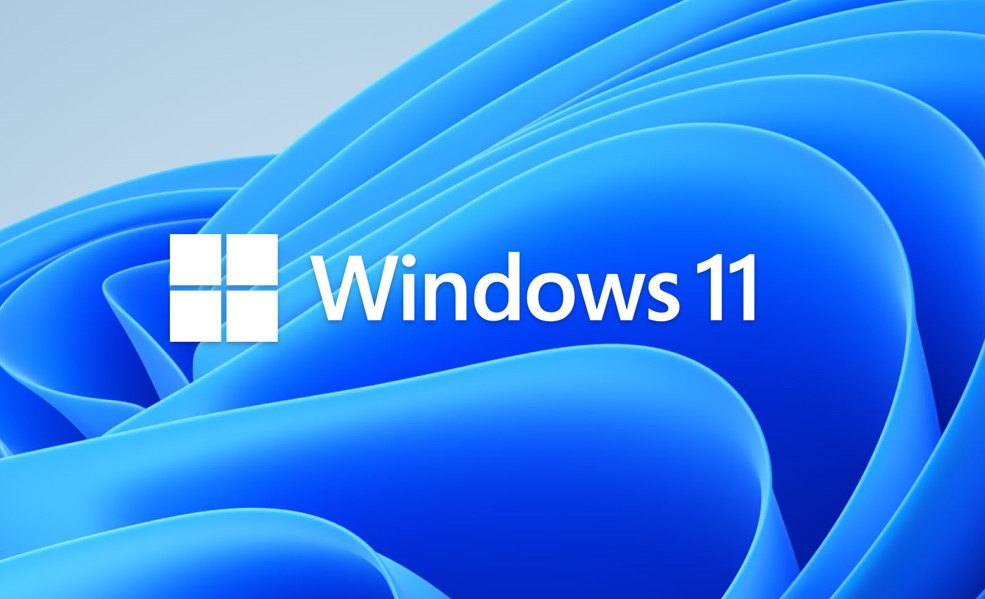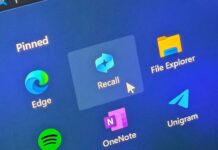Notepad has been one of the simplest yet most essential text editing tools in Windows for decades. However, with the release of Windows 11, Microsoft has introduced several updates to the Notepad app, including a modernized user interface, new features, and integration with the system’s dark mode. Despite these improvements, many users prefer the simplicity and nostalgia of the old Notepad app.
If you’re one of those who miss the old Notepad, this guide will walk you through how to open and use the classic Notepad in Windows 11. Whether you prefer its lightweight design or are just used to its basic features, we’ve got you covered.

Why Use the Old Notepad in Windows 11?
While the updated Notepad app in Windows 11 includes modern features like dark mode and a more polished look, some users prefer the old version for a variety of reasons:
- Familiarity: The old Notepad is simple, fast, and familiar for those who have used it for years.
- Speed: It has fewer features and no advanced UI elements, which makes it lightweight and faster to open.
- Minimalist Design: Many people enjoy the minimal, distraction-free environment of the old Notepad, which focuses purely on text editing without unnecessary features.
Fortunately, there are ways to restore and use the classic Notepad on Windows 11.
Also Read- How To Add Or Remove “Edit with Photos” Context Menu In Windows 10 And Windows 11
Method 1: Open Notepad Through Windows Features (Classic Version)
In some cases, Windows 11 may still have the old Notepad version accessible through Windows Features. Follow these steps to enable it:
Step 1: Open the Run Dialog
- Press Win + R to open the Run dialog box.
Step 2: Open Windows Features
- In the Run dialog, type
optionalfeaturesand press Enter. This will open the Windows Features window.
Step 3: Locate Notepad
- Scroll through the list of optional features and look for Notepad. If it’s unchecked, check the box next to Notepad to enable the classic Notepad app.
Step 4: Apply and Restart
- Click OK to apply the changes. Windows may prompt you to restart your computer to fully enable the feature.
Once your system restarts, you should be able to open the old Notepad app through the Start menu or by typing Notepad in the search bar.
Method 2: Download and Install the Old Notepad Manually
If you’re unable to find the classic Notepad via Windows Features, another method is to download and install the old Notepad manually. Here’s how you can do it:
Step 1: Download the Old Notepad Files
You can find the old Notepad app by downloading it from reliable sources or extracting it from a previous Windows 10 installation.
- Extract from a Windows 10 ISO: If you have access to a Windows 10 ISO file, you can extract the Notepad app from it. Look for the Notepad.exe file in the System32 folder.
- Third-Party Sources: There are several websites where you can download older versions of Notepad. Ensure that you’re downloading from a trusted and reliable source to avoid any malware or security risks.
Step 2: Install the Old Notepad App
- Once you’ve downloaded the Notepad.exe file, copy it to a location on your computer, preferably in the C:\Windows\System32 directory, where system applications are stored.
- If you encounter any permissions issues while copying the file to System32, you may need to provide administrator rights. Right-click on the Notepad.exe file and select Run as administrator.
Step 3: Create a Shortcut for Easy Access
- After placing the old Notepad file in the System32 folder, you can create a shortcut for easier access.
- Right-click on the Notepad.exe file, select Send to, and then choose Desktop (create shortcut). This will create a desktop shortcut for the old Notepad version.
Step 4: Use the Old Notepad
You can now open the old Notepad version anytime by double-clicking the shortcut you’ve created. The classic, minimalist design and features will be available, just like in older versions of Windows.
Also Read- How To Write Enable Or Disable Font Smoothing In Windows 11
Method 3: Use Third-Party Software (Notepad Alternatives)
If you are unable to find the classic Notepad or prefer additional features while retaining the minimalist feel, there are several third-party alternatives that mimic the old Notepad app’s look and functionality. Some of these tools offer lightweight performance, much like the original Notepad, but with a few added benefits.
Popular Alternatives:
- Notepad2: A lightweight, open-source alternative to Notepad with syntax highlighting and other advanced features while maintaining a simple interface.
- Notepad++: One of the most popular text editors for developers, Notepad++ offers more advanced features such as syntax highlighting, tabbed documents, and plugins, but you can use it in “light” mode for a minimalist experience.
Both of these apps are highly customizable, and you can adjust their settings to closely resemble the old Notepad interface.
How to Switch Back to the New Notepad in Windows 11
If at any point you decide that you’d like to return to the modern Notepad in Windows 11, it’s very simple to do so.
- Uninstall the Old Notepad:
- If you’ve manually installed the old Notepad, simply go to the location where you stored the Notepad.exe file, delete it, and remove any shortcuts you created.
- Reinstall the Modern Notepad:
- To restore the modern Notepad app, go to Settings > Apps > Optional Features. Scroll down and ensure that Notepad is installed.
- Restart Your PC:
- After making the changes, restart your computer, and the new Notepad will be available in your system.
Why Use the Modern Notepad in Windows 11?
While some users prefer the classic Notepad for its simplicity, the modern version in Windows 11 offers some useful features that enhance the overall experience:
- Dark Mode: Windows 11’s Notepad offers dark mode support, which is easier on the eyes, especially during nighttime use.
- Improved Find and Replace: The modern Notepad provides a better “Find and Replace” functionality with added convenience.
- UTF-8 Support by Default: The new Notepad saves files in UTF-8 by default, which is more efficient for encoding and ensures compatibility across different programs and platforms.
If you’re someone who enjoys additional features while still keeping things simple, the modern Notepad in Windows 11 might be worth sticking with.
Also Read- How To Add Or Remove Address Bar In Registry Editor In Windows 11
Conclusion
Whether you prefer the old or new version, Notepad remains a timeless tool for quick text editing tasks. Windows 11 may have modernized the app, but if you’re nostalgic for the old-school Notepad or simply want its lightweight functionality, there are several methods to restore it, from enabling it via Windows Features to downloading it manually or opting for third-party alternatives.
By following the steps in this guide, you can easily use the old Notepad app on Windows 11 and enjoy its simple, no-frills design.

































